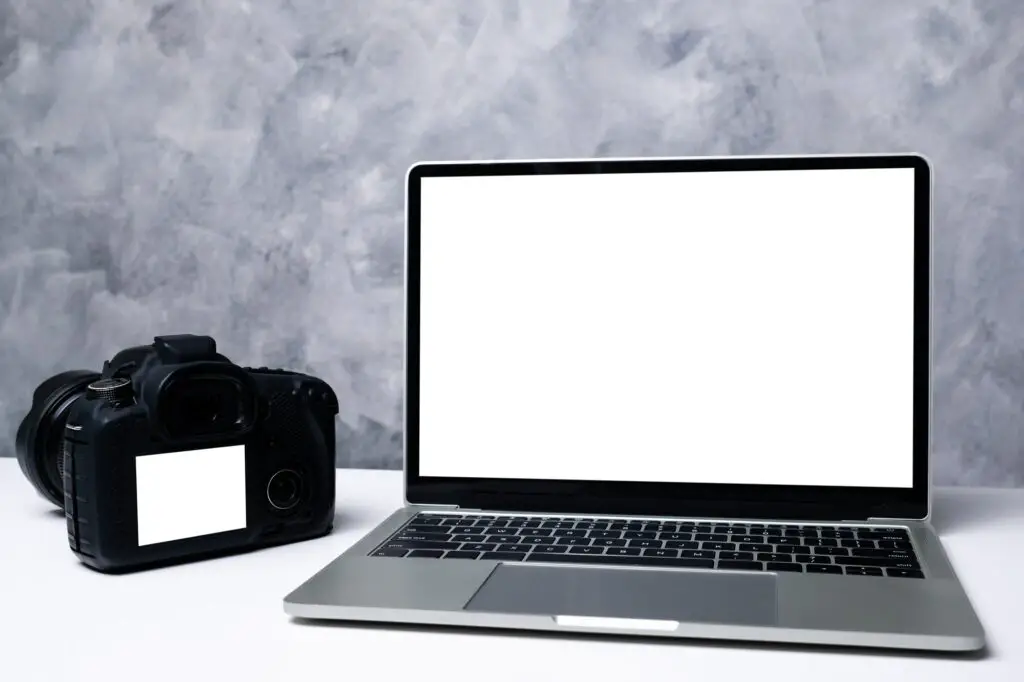Images can make documents in Microsoft Word more visually appealing and easier to understand. Word provides a variety of built-in tools for editing images to enhance their appearance, improve clarity, modify layout, and more. This article will cover the basics of editing images in Word, including:
- Inserting images
- Resizing, cropping and positioning
- Adjusting color, brightness and contrast
- Adding artistic effects and picture styles
- Compressing images
- Removing background
- Flipping and rotating
Whether you’re a student, professional or anyone who uses Word, learning these image editing skills can help you create more polished, professional documents.
Insert Images
The first step is inserting images into your Word document. Here’s how:
- Place cursor where you want the image
- Go to Insert tab > Click Pictures
- Select image from your computer or an online source
- Click Insert
Supported image formats include JPG, PNG, GIF and more.
💡 Pro Tip: For best print quality, use high resolution images (300dpi or more).
Resize, Crop and Position
Once added, you can resize, crop and position images to perfectly fit your document layout.
Resize Image
- Click the image to select it
- Drag the sizing handles on the corners and sides to resize
- Go to Format tab > Size group to set precise dimensions
Crop Image
- Click the image
- Go to Format tab > Crop button
- Drag cropping handles to remove outer areas
Position Image
- Click the image to select it
- Drag it to the desired location
- Use Text Wrapping options to wrap text around the image
Adjust Color, Brightness and Contrast
To make images blend better and enhance their appearance, use these adjustments:
- Select the image
- Go to Format tab > Adjust group
- Use sliders or enter values for:
- Brightness
- Contrast
- Color saturation
- Recolor
This can improve the clarity and quality of the image.
Add Artistic Effects and Picture Styles
To make images stand out, apply unique artistic effects:
- Select image
- Go to Format tab > Artistic Effects button
- Choose an effect like Chalk Sketch, Glow Diffused, Pencil Grayscale etc
You can also add picture styles which frame the image and add graphical elements:
- Select image
- Go to Format tab > Picture Styles gallery
- Choose a style like Frame Oval, Soft Edge Rectangle, Perspective Shadow etc
This can make images fit in better with document formatting.
Compress Images
Large image files increase document size. To reduce this:
- Select image
- Go to Format tab > Compress Pictures button
- Adjust image quality vs file size
- Click OK
This will decrease image resolution to shrink file size.
Remove Image Background
Removing distracting backgrounds is easy:
- Select image
- Go to Format tab > Remove Background button
- Zoom in and mark areas to keep vs remove
- Click Keep Changes when done
This leaves just the main image without the background.
Flip and Rotate
Images can be flipped horizontally/vertically and rotated:
- Select image
- Go to Format tab > Rotate button
- Choose Flip Horizontal, Flip Vertical or rotation options
Rotating images can fitting them better among text.
Conclusion
With this wide range of image editing tools in Microsoft Word, you can insert and modify images to perfectly suit documents across school, work and personal projects.
The key options covered include:
- Inserting images from files or online sources
- Resizing, cropping and positioning images
- Adjusting color, brightness and contrast
- Applying artistic effects and picture styles
- Compressing images to reduce file size
- Removing distracting backgrounds
- Flipping or rotating images
Practice using these image formatting features in Word to boost your skills. Enhancing images makes documents more visually engaging!





